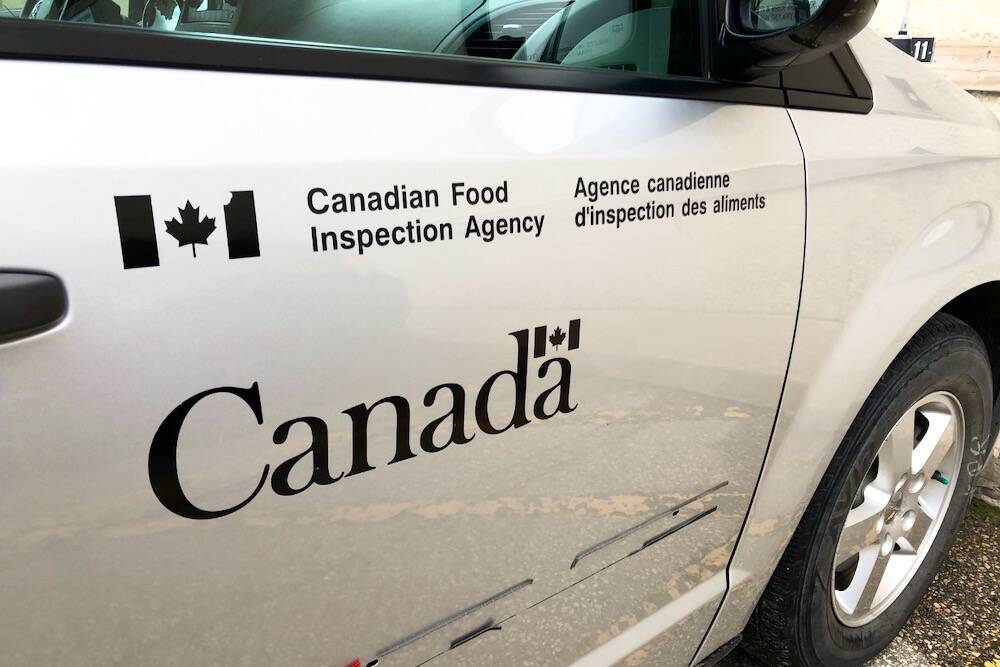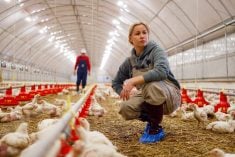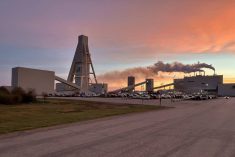CALGARY — Precision ag with its information streams and software analysis still needs farmers to make the key decisions.
Karon Cowan operates AgTech GIS, an Ontario-based company specializing in precision agriculture data analysis and assistance.
A 20-year veteran of agricultural data management, Cowan said farmers are the most important element in the stream of information running from field to internet, computer, tablet and smart phone.
“I do not think we are at a place where a formula or algorithm or system can replace the decision-maker at the centre of the cycle,” Cowan told those at the Feb. 27-28 Precision Ag Update.
Read Also

B.C. ostriches culled, CFIA confirms
Ostriches on an embattled Edgewood, B.C. farm have been culled after a prolonged legal battle, the Canadian Food Inspection Agency has confirmed.
“I want them to be able to transform what I do into a decision of some kind.”
She said it’s fine to hire professionals to figure out precision agriculture information and devise prescriptions but farmers should also get their hands dirty by digging into data.
Some farmers are reluctant to delve deeply into the software that allows them to analyze results from their precision farming investments, said Cowan.
She suggested those who sell the software and equipment should be willing to provide training and if they’re not, farmers should buy from a company that will.
If that fails, there’s always YouTube, which has a large array of how-to material on line.
“Not every dealership has a full bench” when it comes to providing training, she said. “It is a problem across the industry. But precision ag is about the agronomy and everything else is just the tools.”
Software does the heavy lifting in data collection and analysis. Cowan was unwilling to recommend particular brands, noting wide variation in farmer needs and proficiency.
She uses nine different brands of GIS software in her office, each with its own attributes.
Cowan also warned users that free software often comes in trade for data so farmers should be aware of what access they are granting in exchange.
“I think we have to recognize that the data is being sought and we should be engaged and have our heads up.”
She encouraged farmers to examine their software programs, use the mouse and explore their own data.
Their intimate knowledge of their land and its history can give them perspectives unavailable to companies that manage data on their behalf.















